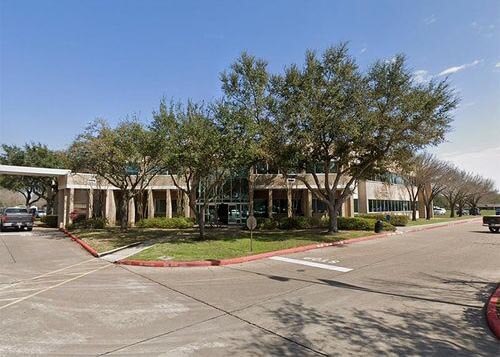Retinal Treatments for Retinal Tears and Retinal Treatments for macular Edema
There are two types of laser treatment. The first is known as Panretinal Photocoagulation (PRP) and it consists of laser spots being burned into a wide area across the the Retina tissue to help with the decrease the Retina’s need for oxygen. For this surgery the patient’s eyes are dilated and numbed. The doctor than focuses the laser on the appropriate locations of the Retina and places the laser spots. Sometimes the outter vision of one’s eye is destroyed but the treatment helps save the crucial part center part of one’s vision. The patient will experience light flashes. Since a laser is used the patient will experience some discomfort but healing time is quick although a driver for the trip home is required.
The second type of Laser Treatment for Diabetic Retinopathy is known as Focal Laser Photocoagulation. During this procedure the blood vessels of the eye are sealed and shrunken. This procedure feels the same as the first laser treatment, and the patient is given mild numbing drops. This is performed in earlier stages of Diabetic Retinopathy in order to eliminate leaky blood vessels.
Vitrectomy is a different kind of retina surgical procedure that removes the vitreous so your surgeon can repair the damaged portion of your eye. Once the defect is repaired the surgeon then replaces the emptied cavity with a gas bubble. Since gas rises and the macula and retina are at the back of the eye, recovering patients must remain facedown in order for the gas bubble to effectively apply pressure to the area in need of healing, allowing the macula or retina to re-bond to the eye wall and a new vitreous to eventually replace the gas bubble.
Although a vitrectomy is a relatively painless procedure with a strong, successful track record in improving vision, the recovery from vitrectomy is often more challenging because patients must contend with the monotony, stress and discomfort of a 23-hour-a-day facedown-postoperative position. Most vitreo-retinal ophthalmologists agree that a vitrectomy is most successful when patients fully comply with facedown recovery instructions.
Texas Eye Institute is proud to provide five convenient locations for your eye care needs. Visit one of our convenient locations in Angleton, Sugarland, Southwest Houston, Katy, or Southeast Houston to see why the Texas Eye Institute is the best choice to care for your vision. Need LASIK in Houston? What about a comprehensive eye exam in Sugarland? See our locations page to find our practice nearest you!









